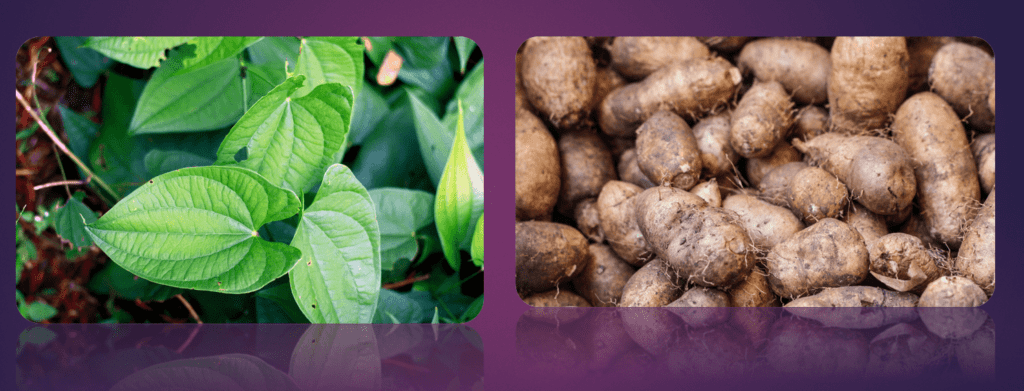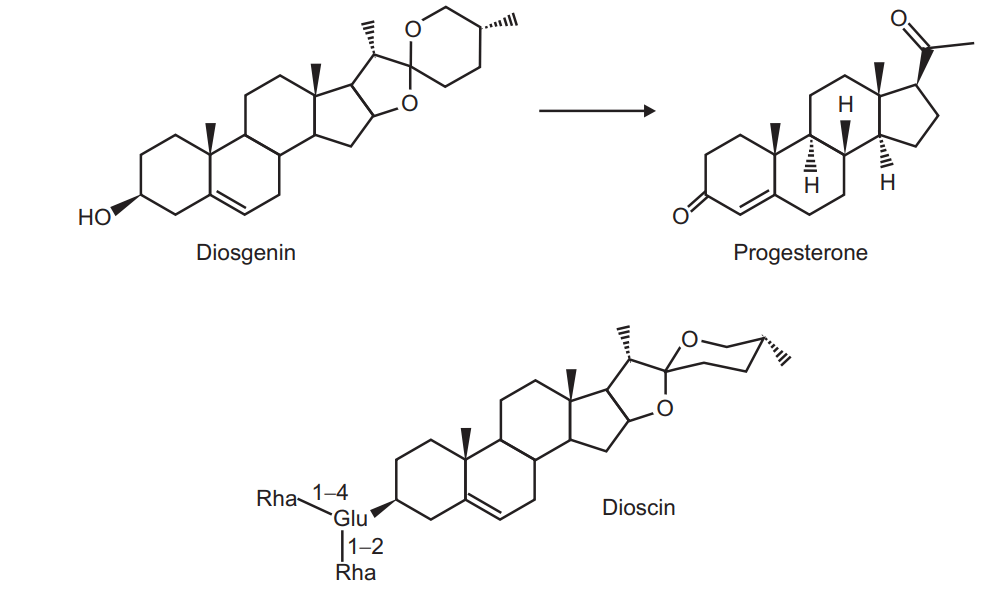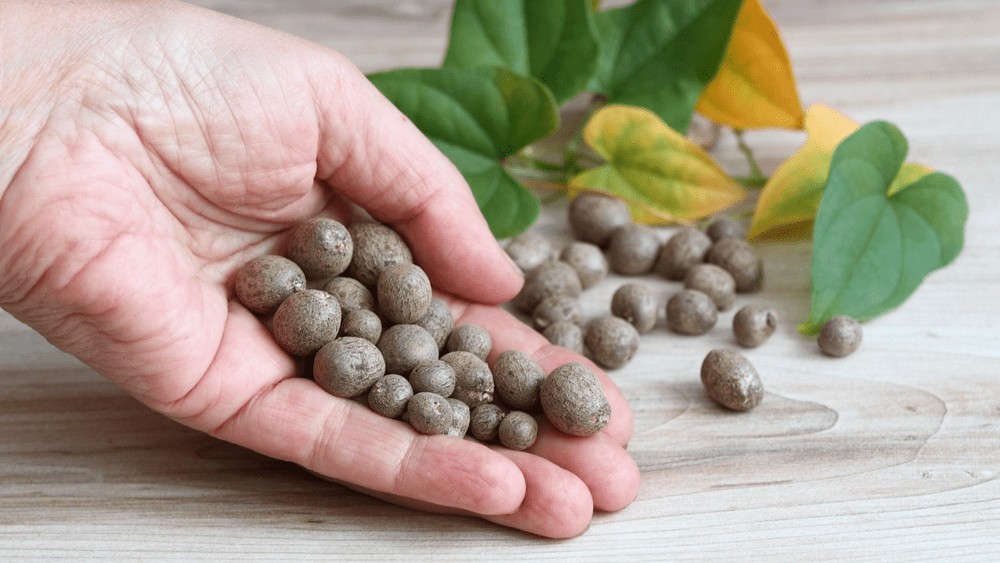The pharmacognosy of Liquorice, Biological source, morphology, chemical constituents, uses, and adulterants of Liquorice explain in detail below…
Synonyms: Yam, Rheumatism root, Greater Yam, Asiatic Yam.
Biological source: It consists of dried tubers of the plants Dioscorea deltoidea, D. composita, D. floribunda.
Family: Dioscoreaceae
Geographical source: It is found in Africa, Asia, Europe, Mexico, South America, the USA, China and India. In India it is found in North Western Himalaya from Kashmir and Punjab to Nepal. It is also cultivated in Jammu and Kashmir, Himachal Pradesh, Tamilnadu, West Bengal, Maharashtra and Karnataka.
Cultivation and Collection:
The best yield is obtained in the medium loam and deep soils which should be rich in organic matter or humus. Red soil is best for D. floribunda and D. composita. The cultivation of D. floribunda and D. composita is more suited to the climate of tropical countries (tropics) whereas D. deltoidea suitable climate is of temperate regions. The propagation is mainly done by seeds, rhizomes and stem cuttings. In India commercial plantations are raised from tuber cuttings. Seed progeny is variable and takes a larger time to start yielding tubers compared to plants raised from tubers. There are three types of pieces from tuber pieces:
- Crown (Stem ends)
- Medians (Middle portion)
- Tips (Distal end)
Crown produces new shoots within 30 days but contains less diosgenin. The other tuber parts take nearly 100 days to develop. In Karnataka February to March is the best time while June to July is also fine for plantation. D. floribunda and D. composita can also be propagated by seeds. Harvesting is done after three years of germination in the month of February to March. The drug is collected and dried. The rhizome loses about 50 per cent of its weight upon drying.

Macroscopic Character:
Colour: Slightly brown
Odour: Odourless or none
Taste: Bitter
Size: Variable (depending upon the age of rhizomes)
Chemical Constituents:
Dioscorea has long been used for food as they are rich in starch. It contains about 75% starch but many species are non-edible because they possess a bitter taste. Diosgenin is the chief active constituent of dioscorea which is the hydrolytic product of saponin dioscin. Other constituents are steroidal sapogenin (4-6 percent) and its glycosides, smilagenin, epismilagenin and β-isomer yammogenin. Rhizomes also contain the enzyme sapogenase. Tubers are also rich in glycosides and phenolic compounds. For the isolation of diosgenin, the tubers are dried, powdered and hydrolysed with mineral acids. The liberated diosgenin is extracted with the help of non-polar solvents like benzene or solvent ether. After isolation diosgenin is degraded to 16-dehydro pregnenelane acetate. This latter molecule is used as a precursor for the synthesis of various steroidal drugs.

Use of liquorice
Diosgenin, a steroidal sapogenin obtained from the drug is the major base chemical for the synthesis of several steroidal hormones, cortisone, corticosteroids and oral contraceptive pills. Dioscorea is used in the treatment of rheumatic arthritis.
Allied Drugs:
- Dioscorea villosa Linn is a twin perennial plant which has yellow flowers and a triangular capsule. It contains a rich amount of diosgenin. It is mainly found in Virginia and Carolina in the USA.
- Dioscorea deltoidae wall var. sikkimensis Prain found in eastern Himalaya, Nepal, Sikkim, Assam, Bihar and Bengal. It contains less amount of diosgenin (2 to 2.5 per cent).
- Costus speciosus also used as a substituent for genuine drug. It contains 1.5 per cent diosgenin.
Make sure you also check our other amazing Article on: Pharmacognosy of Digitalis
